Sign up for workout ideas, training advice, reviews of the latest gear and more.

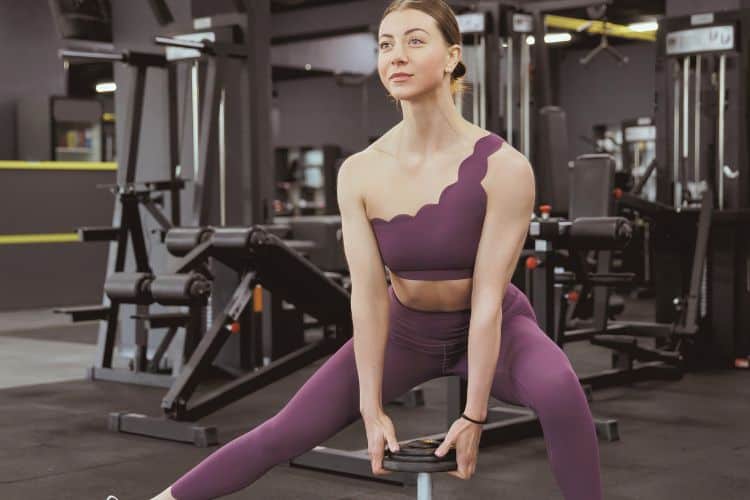
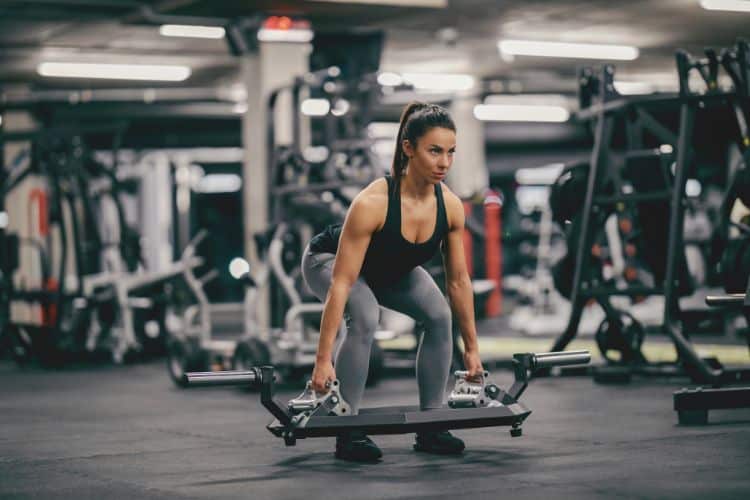
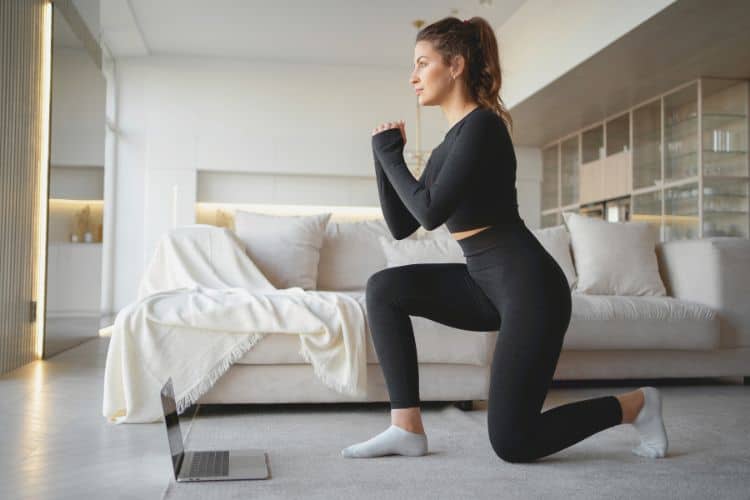
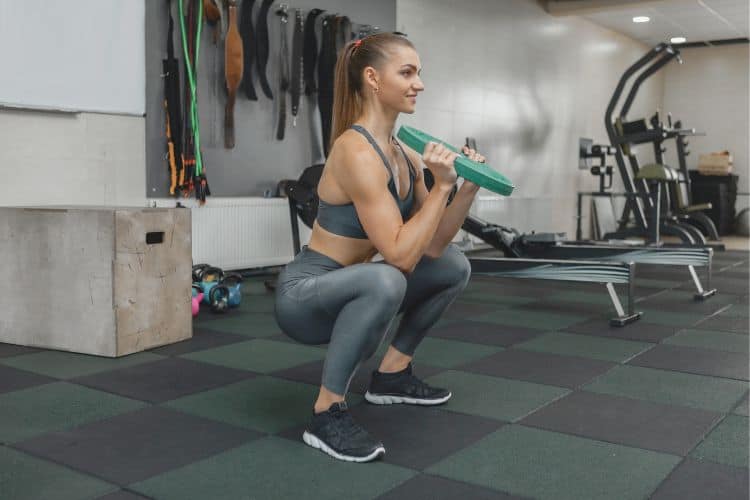
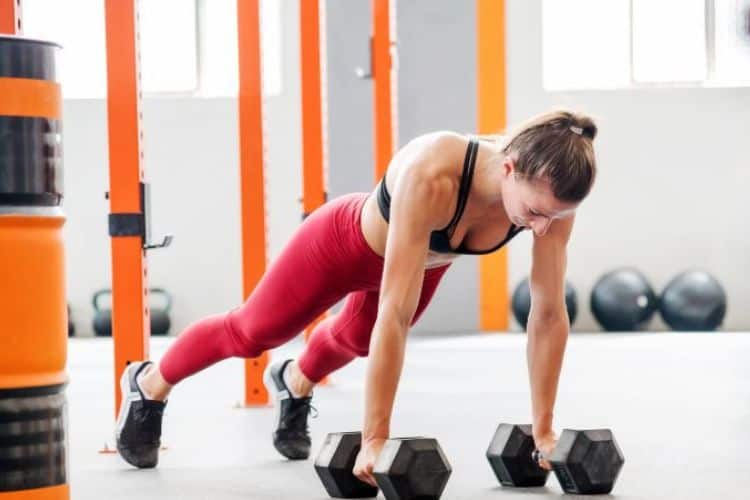
High-Intensity Interval Training (HIIT) has become one of the most popular workout methods in the fitness world. Known for its ability to burn fat, improve endurance, and build strength in less time than traditional workouts, HIIT appeals to people with busy schedules and big fitness goals. But many beginners often wonder: ?
The answer is yes—but with some important considerations. In this detailed guide, we’ll break down everything you need to know about starting HIIT safely, its benefits, potential risks, beginner-friendly routines, and tips to avoid injury so you can build a strong foundation.
HIIT, or High-Intensity Interval Training, involves alternating between short bursts of high-effort exercises and periods of rest or lower-intensity activity.
For example, you might sprint for 20 seconds, then walk for 40 seconds, repeating the cycle for 15–20 minutes. HIIT workouts can be performed with bodyweight movements, cardio machines, free weights, or even outdoor activities.
The key elements of HIIT are:
Even though HIIT is known for being intense, it can be adapted for all fitness levels. Beginners are especially drawn to HIIT for several reasons:
HIIT sessions are typically short—anywhere from 10 to 30 minutes. This makes it easier for beginners who don’t want to commit to long gym sessions.
Studies show that HIIT can improve cardiovascular fitness, burn fat, and increase metabolism faster than traditional steady-state cardio. For beginners, seeing results quickly boosts motivation.
You can do HIIT with just your bodyweight—movements like squats, push-ups, mountain climbers, and burpees are perfect for starters.
HIIT can be tailored to your fitness level. Beginners can start with longer rest intervals and less intense exercises while gradually progressing.
The short answer is yes, but only if done correctly. Since HIIT involves pushing your body close to its limit, jumping straight into advanced routines can lead to fatigue, dizziness, or injury.
HIIT offers beginners a wide range of benefits that go beyond weight loss.
Short, intense bursts challenge your heart and lungs, improving endurance faster than steady-state workouts.
HIIT burns a high number of calories in a short time and continues to boost metabolism for hours afterward (known as the afterburn effect).
Incorporating bodyweight or weighted HIIT moves builds both strength and lean muscle mass.
HIIT releases endorphins, helping reduce stress, anxiety, and symptoms of depression.
Beginners can modify intensity, exercise selection, and rest periods.
Before jumping into a routine, it’s important to know what not to do.
Many beginners push themselves too far, leading to burnout or injury. Start small and build gradually.
Skipping these increases injury risk. Always warm up for at least 5 minutes and cool down afterward.
Rushing through moves like squats, burpees, or push-ups can strain joints and muscles. Form should always come before speed.
HIIT is taxing on the body. Beginners should limit sessions to 2–3 times per week with rest days in between.
If you’re new to HIIT, start with simple, low-impact exercises. Here are some great beginner options:
Here are two routines you can try at home without equipment:
Beginners should progress slowly to avoid burnout and injury. Here’s how:
Use moves like squats, modified push-ups, and step touches.
Begin with 20 seconds work / 40 seconds rest, then move to 30/30, and eventually 40/20.
Once comfortable, add high-impact moves like burpees, jump squats, or sprints.
Use dumbbells, kettlebells, or resistance bands for more challenge.
For most beginners, 2–3 sessions per week is ideal. This allows for proper recovery and prevents overtraining. Pair HIIT with:
While HIIT is effective, it’s not suitable for everyone.
Yes—HIIT is an excellent choice for beginners when approached with patience and proper planning. It delivers powerful fitness benefits in less time, making it one of the most efficient workouts available.
The key for beginners is to start slow, focus on form, and build up gradually. With consistency, HIIT can transform your endurance, strength, and overall health.
If you’re ready to begin, choose simple exercises, keep your sessions short, and prioritize safety. With the right approach, HIIT can be the perfect way to kick-start your fitness journey.
Want more workout and video guide?
Follow us on Pinterest, Facebook, and Subscribe to our Newsletter and Stay tuned for FREE downloads of our App coming soon!
Stay up to date on the latest women’s health, fitness and lifestyle trends and tips.